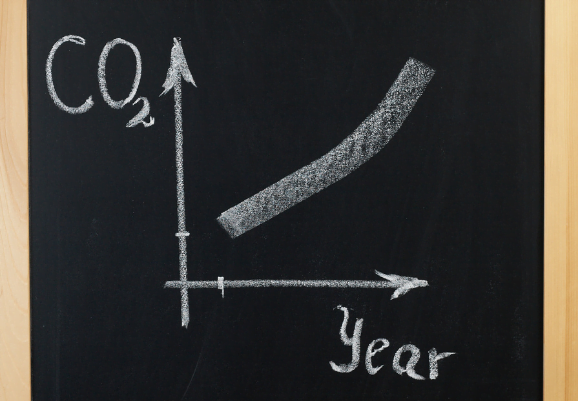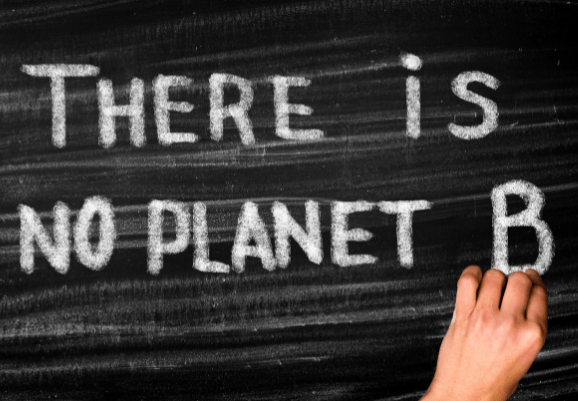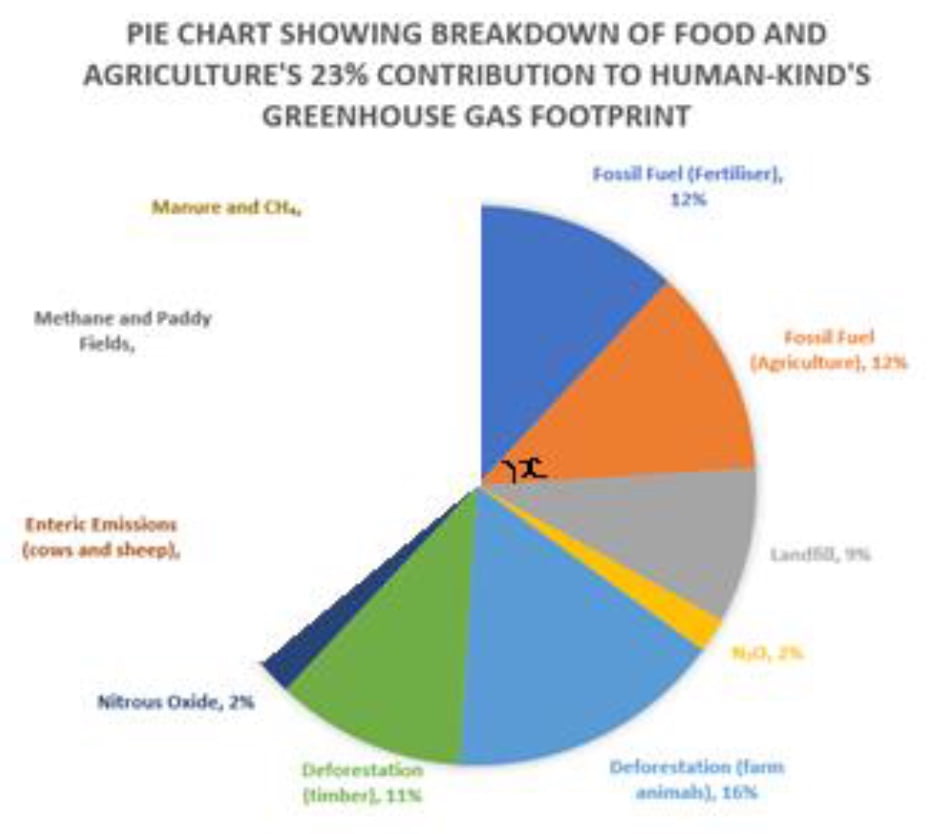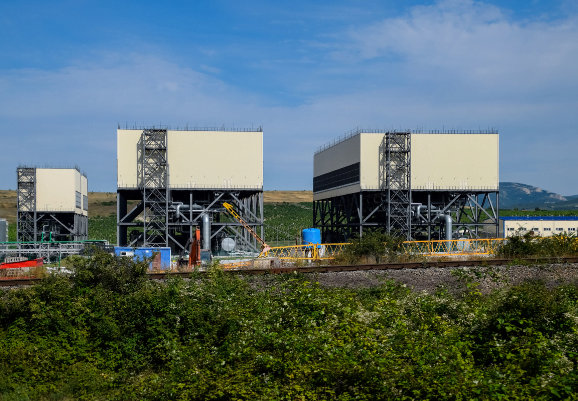The graph shows the rate of CO2 emissions per year since 1800.

A climate scientist thinks that a quadratic curve could be fitted to the data, where the x axis is years since 1800, and the y axis is the rate of CO2 emissions per year (GtCO2 year-1).
This curve would be of the form \(y = Ax^{2} + Bx + C\).
a) By using the points (166 , 42), (106 , 14) and (10 , 3), taken from the best fit lines on the graph shown above, evaluate the coefficients A, B, and C in this model.
[4 marks]
b) By finding the minimum point of the curve, assess the suitability of this model as a fit for the data.
[3 marks]















